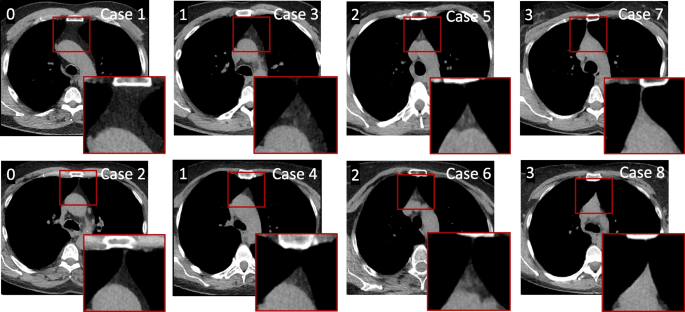2023-10-04 リンショーピング大学
◆胸腺の外観は、ライフスタイルや健康因子、免疫系と関連しており、免疫系の老化に影響を与える可能性があります。今後の研究で、胸腺の外観が将来の疾患リスクに関する情報を提供できるかどうかを調査する予定です。
<関連情報>
- https://liu.se/en/news-item/immunforsvarets-aldrande-kan-avslojas-med-datortomografi
- https://immunityageing.biomedcentral.com/articles/10.1186/s12979-023-00371-7
胸腺の完全な脂肪変性は、スウェーデンの中年集団における男性性、肥満、および循環ナイーブCD8+T細胞の消失と関連している。 Complete fatty degeneration of thymus associates with male sex, obesity and loss of circulating naïve CD8+ T cells in a Swedish middle-aged population
Mårten Sandstedt,Rosanna W S Chung,Camilla Skoglund,Anna K. Lundberg,Carl Johan Östgren,Jan Ernerudh & Lena Jonasson
Immunity & Ageing Published:31 August 2023
DOI:https://doi.org/10.1186/s12979-023-00371-7

Abstract
Background
Fatty degeneration of thymus (or thymus involution) has long been considered a normal ageing process. However, there is emerging evidence that thymic involution is linked to T cell aging, chronic inflammation and increased morbidity. Other factors, aside from chronological age, have been proposed to affect the involution rate. In the present study, we investigated the imaging characteristics of thymus on computed tomography (CT) in a Swedish middle-aged population. The major aims were to establish the prevalence of fatty degeneration of thymus and to determine its associations with demographic, lifestyle and clinical factors, as well as inflammation, T cell differentiation and thymic output.
Results
In total, 1 048 randomly invited individuals (aged 50–64 years, 49% females) were included and thoroughly characterized. CT evaluation of thymus included measurements of attenuation, size and a 4-point scoring system, with scale 0–3 based on the ratio of fat and soft tissue. A majority, 615 (59%) showed complete fatty degeneration, 259 (25%) predominantly fatty attenuation, 105 (10%) half fatty and half soft-tissue attenuation, while 69 (6.6%) presented with a solid thymic gland with predominantly soft-tissue attenuation. Age, male sex, high BMI, abdominal obesity and low dietary intake of fiber were independently associated with complete fatty degeneration of thymus. Also, fatty degeneration of thymus as well as low CT attenuation values were independently related to lower proportion of naïve CD8+ T cells, which in turn was related to lower thymic output, assessed by T-cell receptor excision circle (TREC) levels.
Conclusion
Among Swedish middle-aged subjects, nearly two-thirds showed complete fatty degeneration of thymus on CT. This was linked to depletion of naïve CD8+ T cells indicating that CT scans of thymus might be used to estimate immunological aging. Furthermore, our findings support the intriguing concept that obesity as well as low fiber intake contribute to immunological aging, thereby raising the possibility of preventive strategies.


